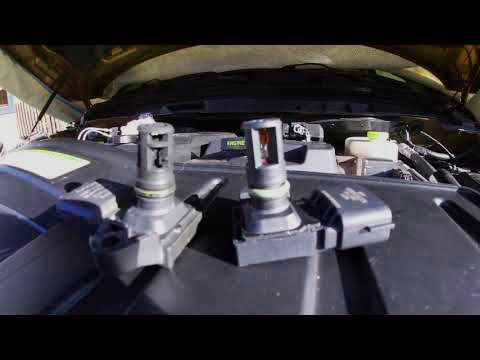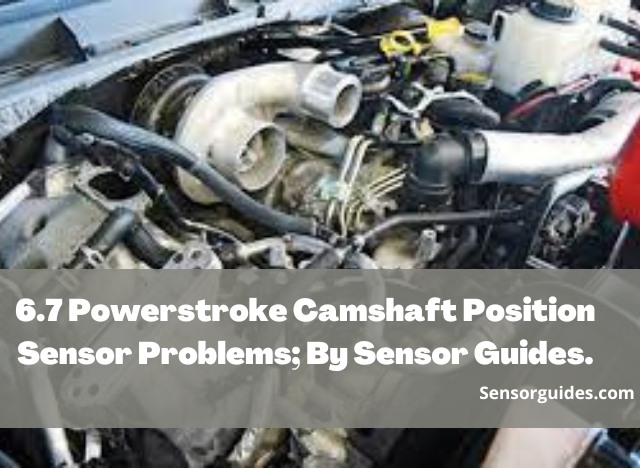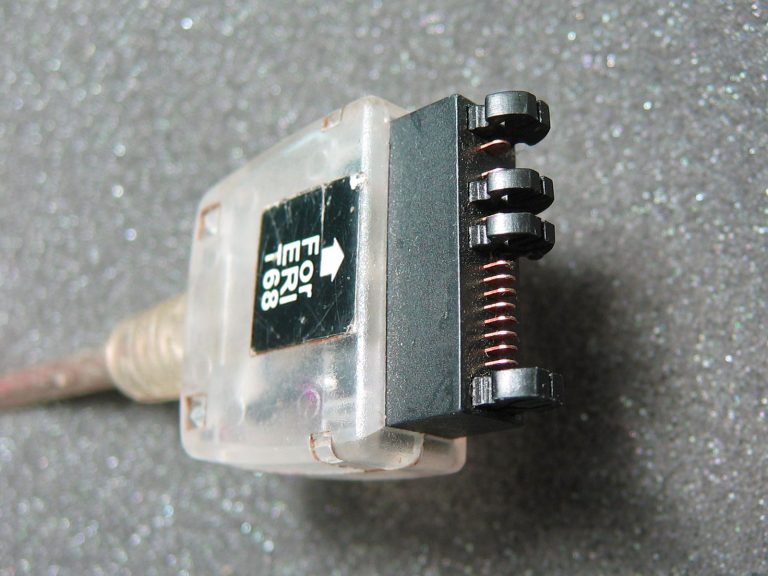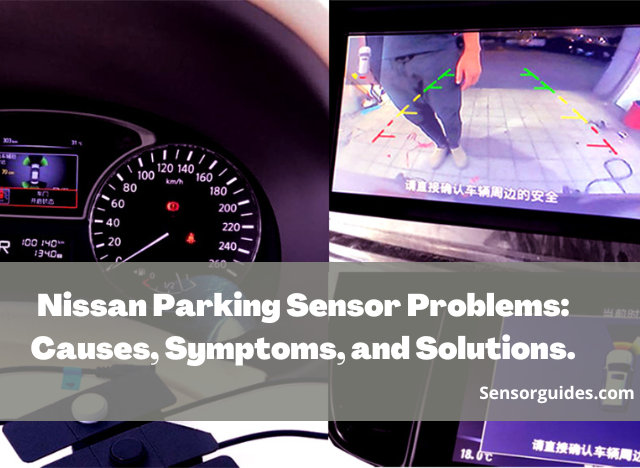Vehicle Speed Sensor | Standard Motor Products-2024
Have you ever wondered how your automobile determines its speed? How it modifies the fuel injection and timing of the ignition. Is the gearbox movement based on the vehicle’s velocity? The Vehicle Speed Sensor (VSS) is a tiny but essential gadget that holds the key to the solution. We can explain what a VSS is and how it functions. We also discuss How to test it. I also learned how to install a new one from Standard Motor Products.
What is a vehicle speed sensor, and what does it do?
A VSS is a type of sensor that measures the rotational pace of a shaft or a wheel. Converts it into an electrical signal. The sign is then sent to the engine management module (ECM), which is the mind of your vehicle. The ECM makes use of the Vehicle Speed Sensor statistics. It manipulates diverse engine features consisting of:
• Fuel injection. : The ECM adjusts the quantity and timing of gas transport to the engine cylinders. It’s based on the speed and cargo of the automobile.
• Ignition timing. : The ECM advances or retards the spark timing. It helps to optimize the combustion and performance of the engine. The combustion is based on the velocity and load of the vehicle.
• Transmission shifting. : The ECM determines while shifting gears in an automated transmission. This is based on the velocity and cargo of the car.
• Cruise manipulation. : The ECM maintains a consistent pace set. It is with the aid of the driver with the aid of adjusting the throttle function based on the VSS sign.
• Speedometer: The ECM shows the car’s pace on the dashboard based on the VSS signal.
As you can see, the VSS plays a crucial role in ensuring the easy and green operation of your automobile. But, like another sensor. The Vehicle Speed Sensor can wear out. Or else malfunction through the years, inflicting diverse troubles, along with:
• Erratic or inaccurate speedometer readings
• Poor acceleration or hesitation
• Rough or not on-time shifting
• Reduced fuel economy or elevated emissions
• Check engine light or hassle codes
If you observe any of those signs and symptoms, you may need to update your Vehicle Speed Sensor. But before you try this, you ought to first check your VSS to make certain it is the supply of the trouble.

How to test a VSS with a multimeter
To take a look at your VSS, you will want a multimeter, which is a tool that measures voltage, resistance, and modernity. You can buy one from any hardware or automotive store or borrow one from a friend. You may also want some basic gear, including a screwdriver, a wrench, and a jack.
Here are the stairs to check your VSS with a multimeter:
Locate your VSS. The automobile pace sensor hooked up at the transmission or the transaxle. This is near the output shaft or the differential. You might also want to raise your car with a jack and help it with jack stands to access the VSS. Refer to your owner’s manual or a repair manual for the exact vicinity and technique of your VSS.
Disconnect and get rid of your vehicle speed sensor. The VSS is linked to a wiring harness that plugs into the ECM. You will want to unplug the connector and unscrew the sensor from the transmission. Be careful not to damage the sensor or the wiring.
Connect your VSS to your multimeter. Set your multimeter to the AC voltage mode. Connects the probes to the two terminals of the Vehicle Speed Sensor. You may need to apply alligator clips or jumper wires to stabilize the connection.
Rotate your sensor and read your multimeter. Hold the sensor in your hand and rotate the equipment or the magnet at the give-up of the sensor. You have to see the voltage analysis of your multimeter exchange as you rotate the sensor. The faster you rotate the sensor, the better the voltage needs to be. Suppose the voltage analysis is consistent. If it is in the unique range on your Vehicle Speed Sensor, then your sensor is working well. If the voltage studying is zero, erratic, or out of range, then your sensor is faulty and needs replacement.
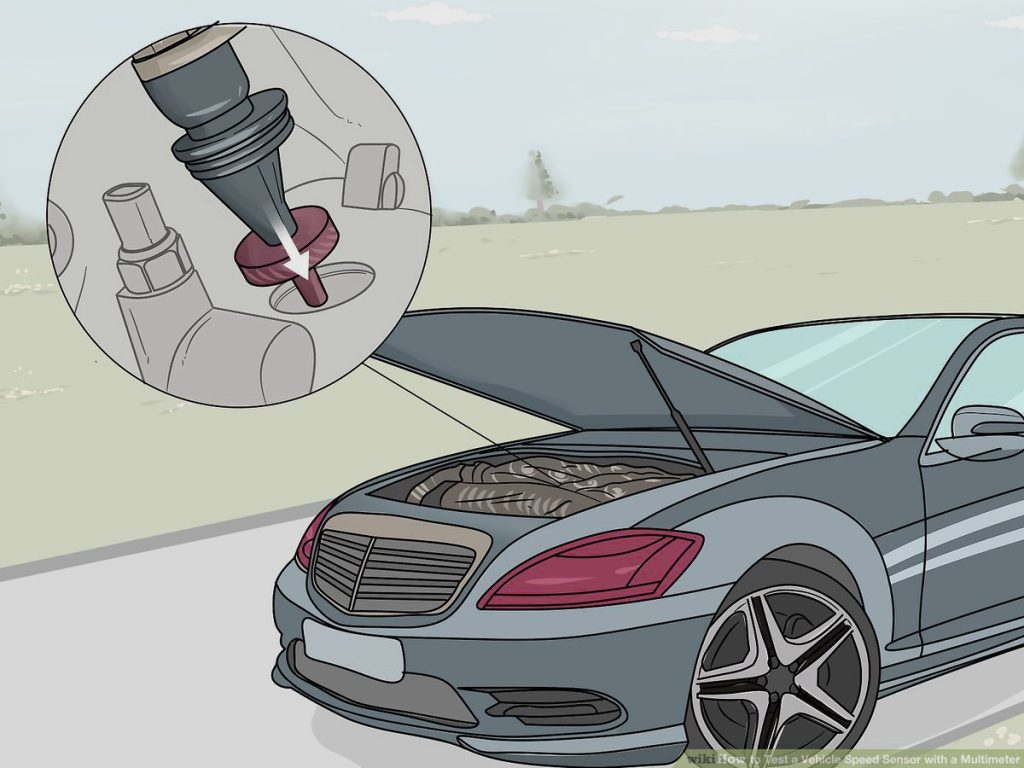
How to install a new Vehicle Speed Sensor from Standard Motor Products
If you’ve been shown that your VSS is defective, you may need to put in a brand-new one. You can buy a brand-new VSS from Standard Motor Products. This is a trusted and legitimate brand. It offers super and reliable automobile parts and add-ons. Standard Motor Products has been within the enterprise for over a hundred years. It has a wide variety of merchandise to fit your desires and possibilities.
Here are the steps to install any brand-new VSS from Standard Motor Products:
1. Install your new Vehicle Speed Sensor to your transmission. Apply some thread sealant. You can also use a gasket. It is to the threads of the new VSS and screw it into the transmission. Make certain the sensor alignments are seated well. Tighten the sensor with a wrench to the specified torque. (take a look at your proprietor’s manual or a restore guide for the exact fee).
2. Reconnect your wiring harness and stabilize your sensor. Plug the connector of the wiring harness into the new VSS and make sure it’s miles locked in place. Secure the sensor and the wiring with any clips or brackets that were removed earlier. Be careful not to harm the sensor or the wiring.
3. Test your new VSS and your speedometer. Lower your vehicle from the jack and start the engine. Drive your car on a street with an acknowledged velocity limit. Check your speedometer to analyze the actual pace. If the speedometer is correct and there are no other issues, then you have installed your new VSS. If the speedometer remains erratic or misguided, then you can have a hassle with the wiring and the ECM.

Conclusion
The car speed sensor is a critical sensor that measures the velocity of your car and sends it to the ECM. The ECM uses the car velocity sensor facts to manipulate many engine features. It includes fuel injection, ignition timing, transmission shifting, cruise manipulation, and speedometer. If your car’s pace sensor is faulty, you can experience many troubles. This is together with erratic or inaccurate speedometer readings or terrible acceleration or hesitation. There is difficulty or not on time shifting. Also, there is a decreased gasoline economic system or elevated emissions. So, take a look at engine lights or hassle codes. To test your VSS, you could use a multimeter to determine the voltage output of the sensor as you rotate it. To update your VSS, you could buy a new one from Standard Motor Products. This is a leading manufacturer of automobile components and add-ons. To deploy your new VSS, you may want to do away with the antique one from the transmission. So join the new one to the wiring harness and steady the new one to the transmission. To test your new VSS, you’ll want to pressure your vehicle. Also, check your speedometer analyzing with the real speed.
We hope this newsletter has helped you apprehend many facts. Like what a VSS is, the way it works, how to test it, and how to deploy a brand-new one from Standard Motor Products. If you’ve got any questions or comments, please feel free to leave them beneath. If you need any car components, visit the Standard Motor Products website. Also, you can contact their customer support. They can be happy to help you together with your desires and options. Thank you for analyzing and being satisfied!


